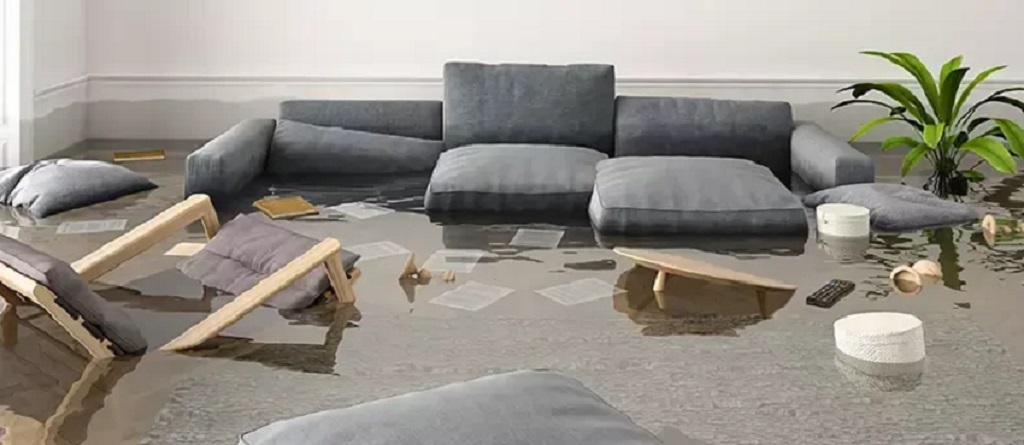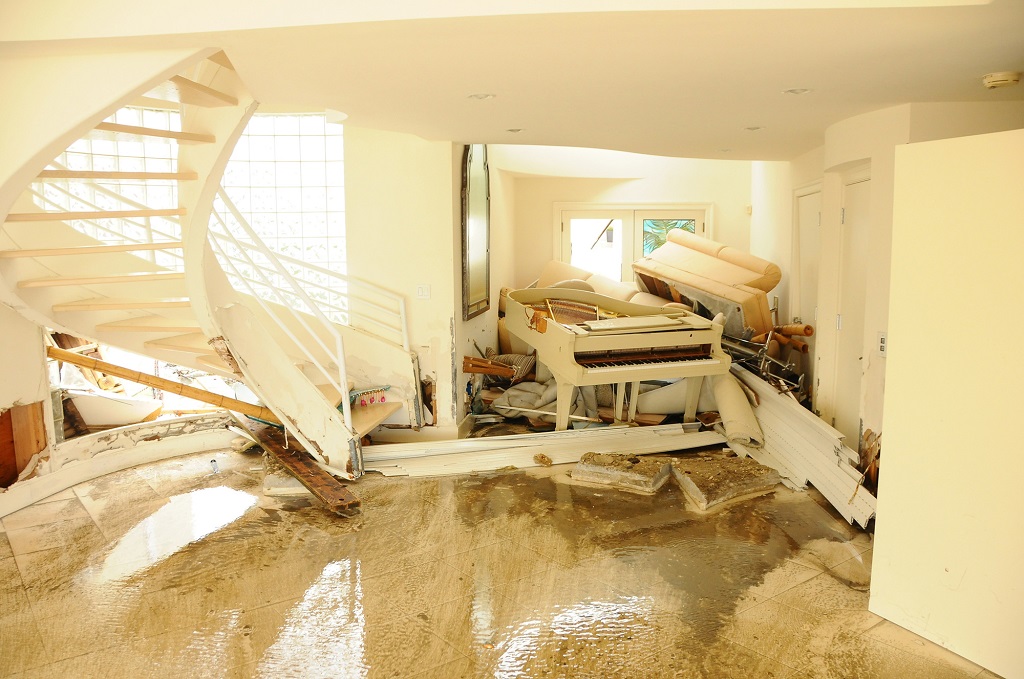Water damage affects more than just the surface level. Behind walls, underneath flooring, and in appliance hoses can hide serious hazards that threaten your health.
In addition to structural issues like rotting wall supports, warped floors, and sagging walls, hidden problems can cause mold growth, bacteria and viral infections, asthma and other respiratory issues, and mental health impacts.
Mold Growth
Water damage can lead to mold growth, posing health risks for homeowners and their families. Mold grows in wet environments and may be caused by burst pipes, flooding, or roof leaks.
A person’s respiratory system can be negatively affected when exposed to mold. Mold spores can float through the air, irritating the nose, eyes, and throat. People with allergies and respiratory conditions such as asthma can experience various symptoms, including coughing, wheezing, or shortness of breath.
In addition to health problems, untreated mold can lead to structural damage. Mold spores can deteriorate building materials, such as wood and wall paneling. This can cause rotting, drywall buckling, and water stains. It is essential to use a dehumidifier, clean all surfaces, and dry thoroughly after any water damage to prevent mold growth. If there is a significant amount of mold, you should hire a water and mold remediation professional from Denver Restoration. The mold exposed to moisture for long periods can release volatile organic compounds that can be toxic.
Structural Damage
Water damage is a significant issue that can cause mold growth, structural damage, and even chemical exposure. These dangers can lead to health problems and safety issues in your home. You should have the area professionally inspected and treated if you notice signs of water damage, like a musty smell, visible stains, or electrical hazards.
When water gets into wood and plaster, it rotates the material, creating unsightly discolorations in the walls or ceiling. It can also be challenging to open or close windows and doors if the frames are damaged by water.
Water can also damage electrical wires in a home or building, creating a severe fire hazard. This is especially true if the water damages circuit breakers or electric panels. It can also impact appliances like washers, dryers, dishwashers, and motors. This can lead to expensive repairs and even replacement. Water damage can also contaminate materials with dangerous chemicals, common in floods when the waters carry hazardous waste into homes and businesses.
Electrical Hazards
Whether it’s a burst pipe, a storm, or flooding from the river, water damage is more than just a cosmetic concern. The hidden dangers of water damage can be grave unless adequately treated.
For example, re-energized electrical wiring and equipment submerged in standing water can be a fire or shock hazard. Fuses, circuit breakers, GFCIs, and surge protection devices should all be evaluated before re-energizing after water damage. These sensitive devices can be impacted by minerals, contaminants, and particles in the water and by the condition of their protective plastic or rubber components.
In addition to evaluating these safety risks, it’s essential to understand how the water damage was caused to prevent future problems. This includes understanding how and why a particular area of the building was exposed to water to avoid similar events in the future. This will help plan structural modifications and mitigate health, safety, and fire risks.
Chemical Hazards
Water damage creates an environment in which harmful bacteria and microbes can thrive, significantly when the water is contaminated with sewage or chemicals. Over time, continuous exposure to these contaminants can lead to gastrointestinal issues and other health concerns.
Rising floodwaters can displace chemical-storage tanks, rupture pipelines, or spill chemicals from inundated waste sites. They may also release toxins such as petroleum hydrocarbons, polycyclic aromatic hydrocarbons, and heavy metals.
Homeowners should look for musty odors in the basement, rust stains around electrical outlets, and mildew along walls or baseboards. These are telltale signs that the property has experienced severe water damage and requires immediate remediation. Unless professionally treated, the affected areas will quickly degrade, weaken and collapse. This will ultimately diminish the property’s value and compromise the safety of those living there.





